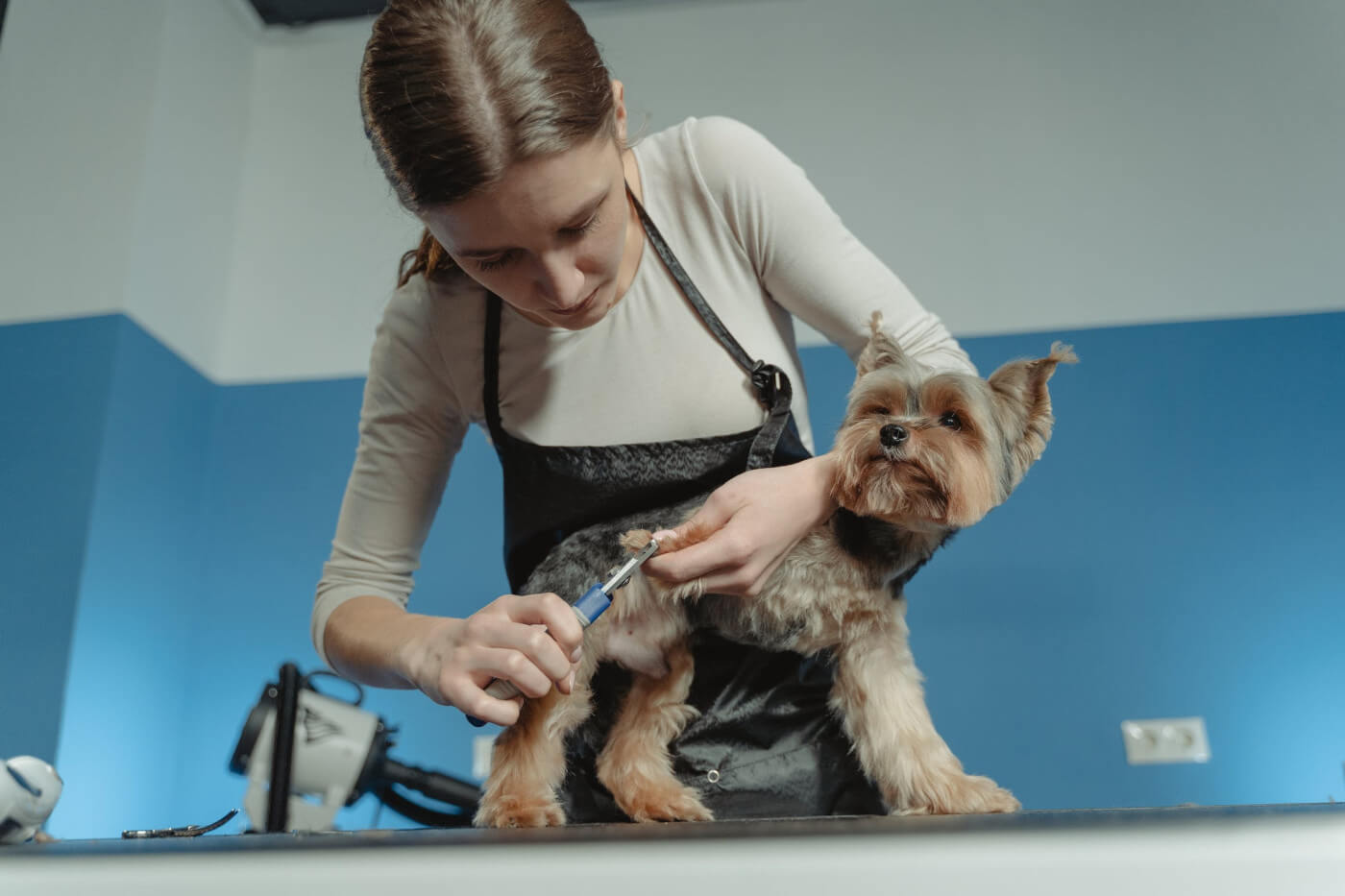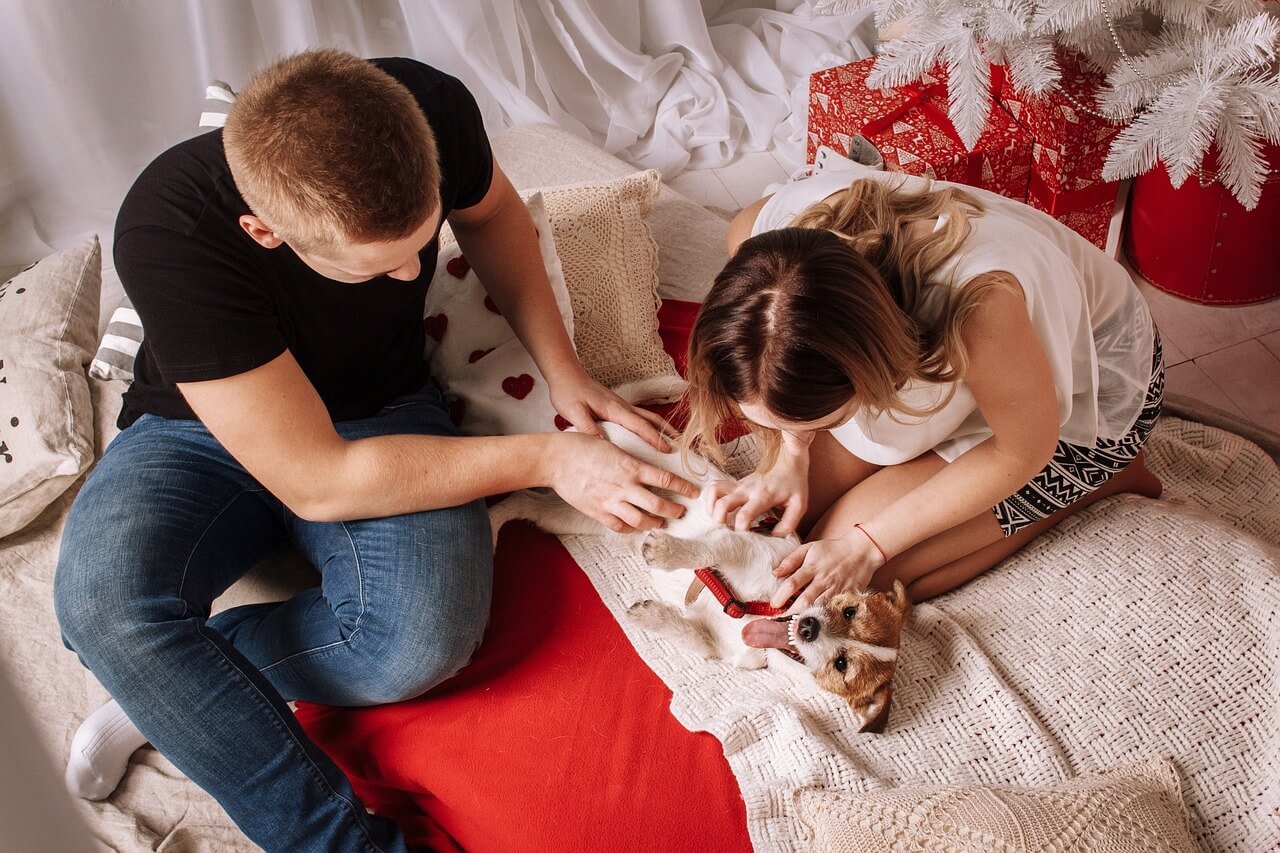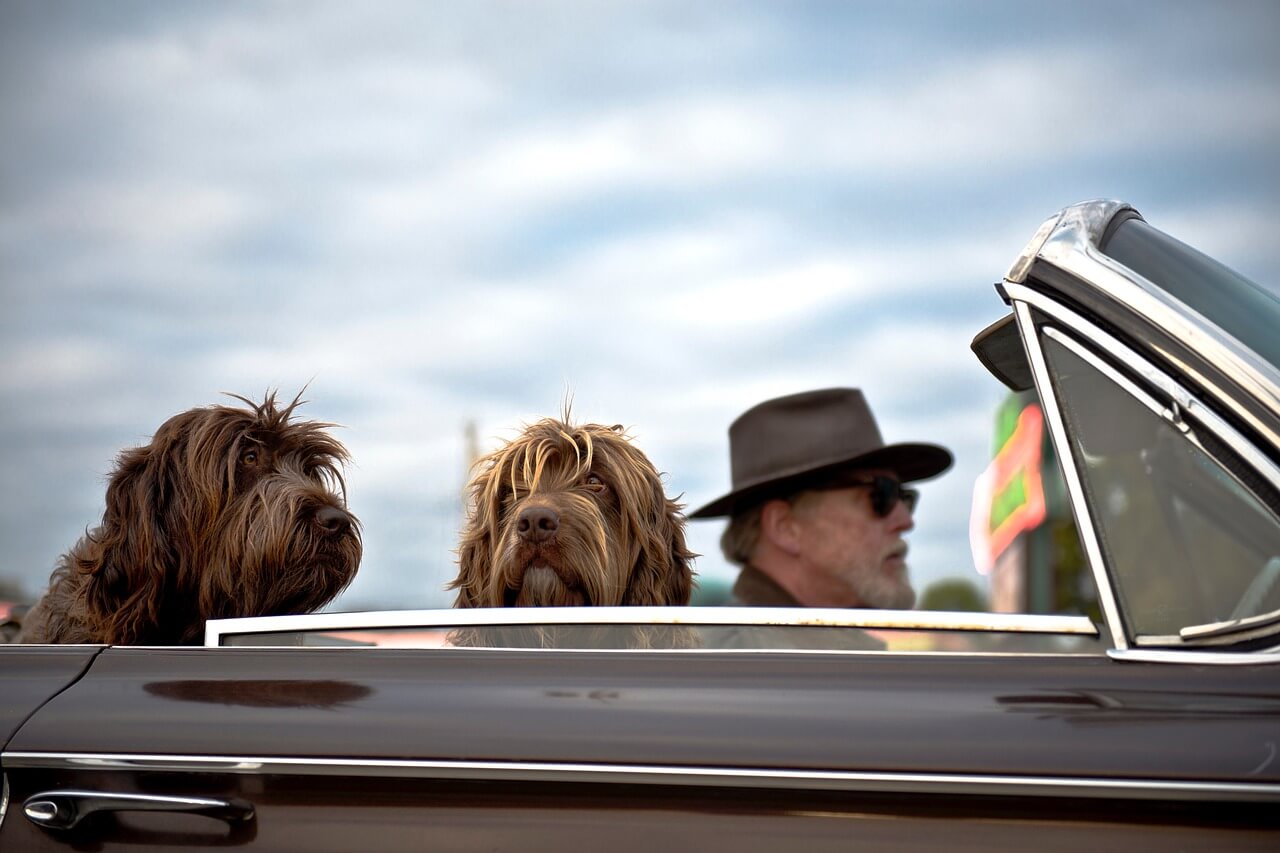Hello, dog enthusiasts! As the cool breeze picks up and snow begins to fall it's important to consider how the colder months impact our four legged companions. Winter presents a set of obstacles, for dog owners particularly when it comes to bathing time. You might be wondering, "How often should I bathe my pooch when it's cold outside?" or "Is there a special way to do it?" Don’t worry, I've got you covered!
Timing and Frequency of Winter Baths
Wondering how often to bathe your dog in winter? Less is more! It's best to bathe your furry buddy only when necessary - like after a muddy play session. Typically, a bath every four to six weeks is enough, but it depends on your dog's activities and breed.
Choosing the Best Bath Day
Pick a mild, dry day for bath time. Bathing your dog on a cold day is like us going outside with wet hair in winter - not a great idea! Ensure your house is warm to keep your pup cozy post-bath.
Remember, the goal is to keep them clean without drying out their skin. With the right timing, you're on track to great winter dog care!
Pick the Right Spot for Bath Time
Where you bathe your dog in winter matters a lot. Outdoor baths are a no-go when it's freezing. Instead, choose a warm, indoor spot. The bathroom usually works best. It's cozy and easy to clean up afterward.
Setting Up a Comfortable Bath Area
Make sure the room is toasty before you start. Lay down some non-slip mats to prevent slipping and sliding. Keeping your friend safe. Ensuring their comfort is essential when it comes to bath time. Creating an environment not enhances the experience, for your dog but also provides a sense of security, for both of you.
Water Temperature Matters
Just right - that's how your dog's bath water should feel. In winter, it's essential to use lukewarm water. Too hot or too cold, and you might make your pup uncomfortable or even harm their sensitive skin.
Testing the Waters
Before letting your dog jump in, test the water. It should feel warm on your wrist or elbow - just like checking a baby's bath. This ensures it's comfy for your furry friend.
In order to ensure an enjoyable bathing experience, for your dog in colder months it's important to keep the water at a lukewarm temperature. This helps create an stress free environment.
Choose a Gentle, Moisturizing Shampoo
The right shampoo makes a big difference. In winter, dogs' skin can get dry and flaky. That's why it's important to make sure you use a shampoo that moisturizes your dog's fur. It's best to choose brands that are formulated to be gentle and specifically made for dogs.
Avoiding Harsh Chemicals
Steer clear of shampoos with harsh chemicals. Natural, oatmeal-based shampoos are a great choice as they are soothing and good for sensitive skin. Remember, what works for humans might not be best for dogs, so stick to dog-specific products.
By choosing a gentle, moisturizing shampoo, you're not just cleaning your dog; you're caring for their skin and coat in the cold weather.
Efficient Bathing and Thorough Drying
Winter baths should be quick but thorough. You don't want your pup to stay wet and cold for too long. So, make the bathing process as efficient as possible. Have everything you need at hand – shampoo, towels, and a cup or hose for rinsing.
Drying is Key
After the bath, drying your dog thoroughly is crucial. Use absorbent towels to gently pat them dry. If your dog is okay with the sound, you can use a hairdryer on a cool setting to speed up the process. Just be sure to keep it moving to avoid overheating any area.
After-Bath Care
Once your dog is dry, there's a bit more you can do to ensure they stay warm and comfortable. Winter air can be harsh, so consider applying a dog-friendly moisturizer or conditioner to their coat to prevent dryness. Just be sure it's safe for dogs and avoid any products meant for humans.
Keeping Them Cozy
After the bath, keep your dog in a warm area of the house. Avoid going outside immediately, especially if it's very cold or damp. Giving them a cozy blanket or their favorite bed to snuggle into can help maintain their body heat. This is especially important for short-haired breeds or older dogs who may feel the cold more acutely.
Conclusion
And there you have it – your guide to bathing your dog during the cold winter months! By following these suggestions you can make sure that your furry companion remains clean, fit and, above all contented, during the months. Keep in mind that taking care of your dog in winter involves adjusting to the weather and being considerate of their well being.





